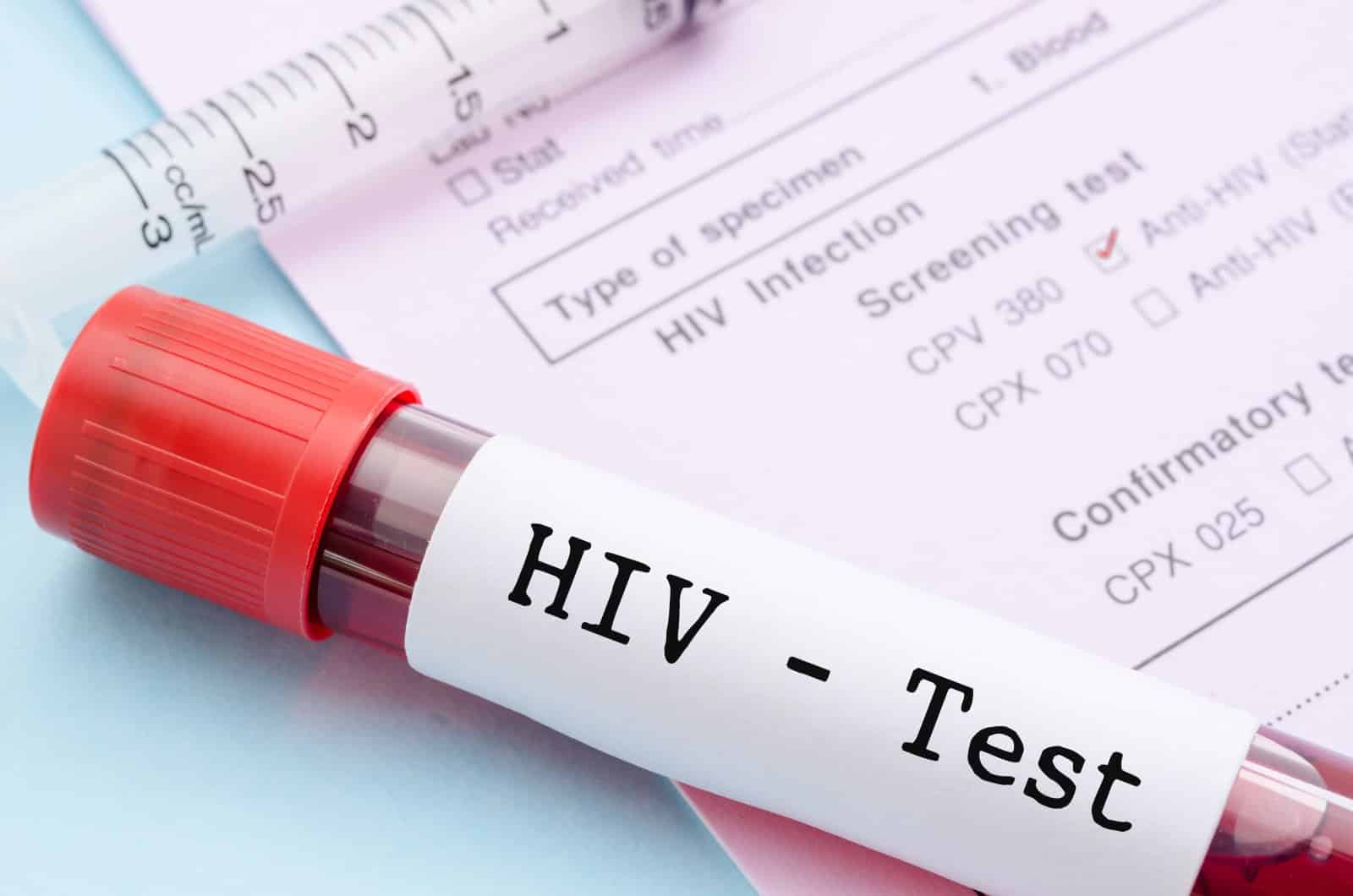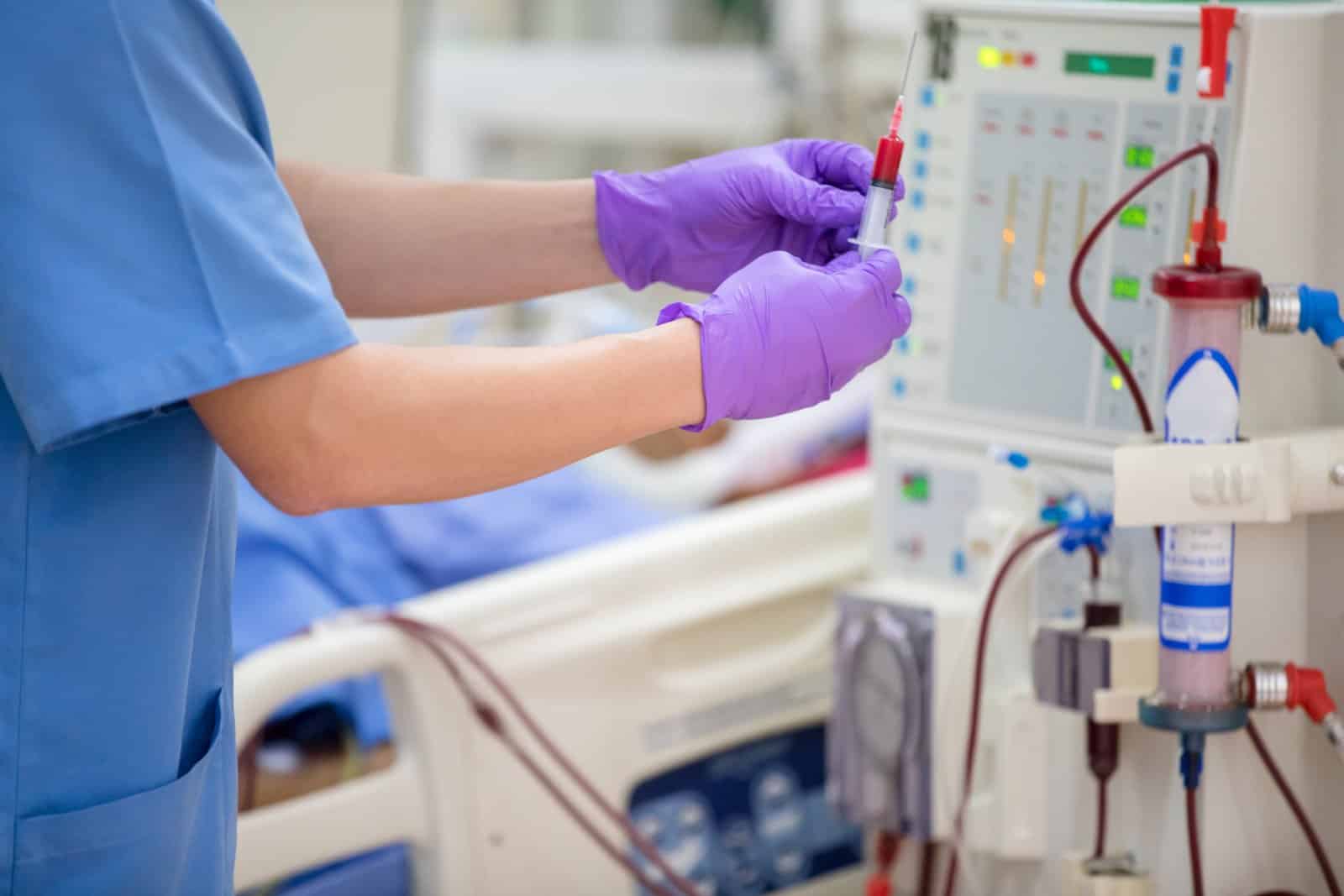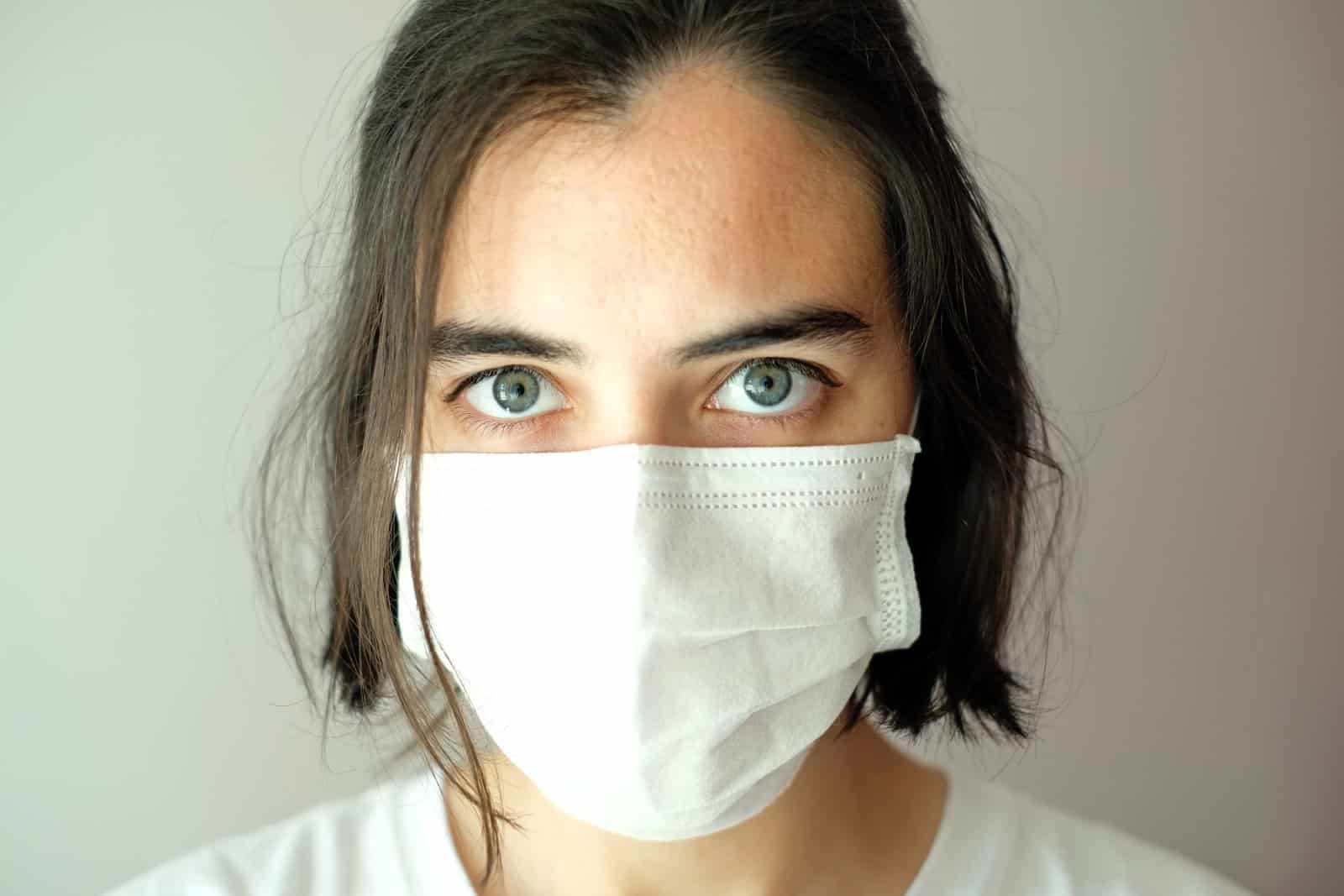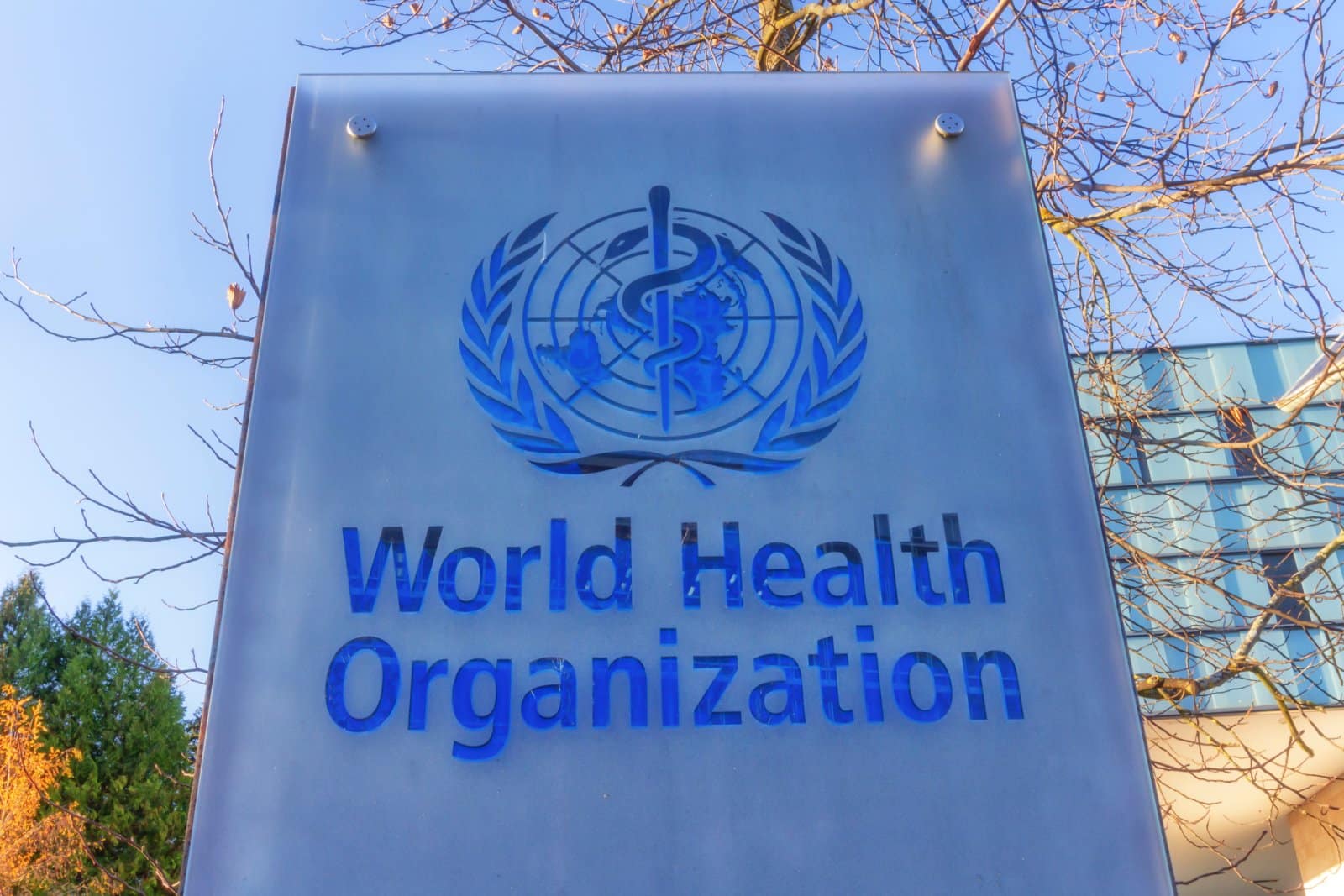During the 1970s, 80s and 90s, more than 30,000 people in the UK received blood transfusions that left them unknowingly infected with HIV and Hepatitis C.
A Known Problem

The NHS has known about the dangers of blood transfusions since at least 1973, when the Blood Transfusion Service released a booklet detailing the risks. In the following 20 years, the risk of hepatitis infection from blood transfusions became more and more common knowledge.
Avoiding the Issue

Despite knowing about the risks, the government didn’t start looking into the problem until 1995. At this point, they began trying to find people who may have received contaminated blood since 1970.
Blood Screening

Tests to screen for HIV and Hepatitis have been available since 1985 and 1990, respectively, so before this time, blood transfusions were high risk. Screening for Hepatitis C has been routine since 1991.
Public Inquiry

Given that the NHS and government have known about this problem since the 1970s, have been routinely testing since 1991 and have been looking for those affected since 1995, it is surprising that the public inquiry into the scandal still isn’t complete.
Results Expected This Month

It was announced in 2017 and took four years to gather evidence. The report was due last year but is now expected to be on May 20.
Thousands Affected

The report is expected to find that around 27,000 people were exposed to Hepatitis C, and 1,200 were infected with HIV due to blood transfusions. An estimated 1750 people living in the UK are still undiagnosed.
How Did It Happen?

While there was awareness of the risk, several factors led to this problem happening on such a large scale. Firstly, the government still claimed there was “no conclusive proof” that HIV was transmitted through blood up until 1983.
Contaminated Blood

Secondly, the NHS began offering a new haemophilia treatment, Factor VIII, in the 1970s. It involved plasma from tens of thousands of donors, meaning that the recipient would receive contaminated blood if just one of the donors had a virus.
Where Did the Blood Come From?

This new treatment meant that the UK couldn’t meet its own demand for blood/plasma. As a result, it was bought from the US.
High-Risk Donors

Much of this blood came from “high-risk” donors such as drug users and prison inmates, again increasing the risk of an infected donor passing a virus on to a recipient.
Who Received the Blood?

While many of those infected are haemophiliacs, it affected many others. Blood transfusions often happen during surgery and complicated births.
Hepatitis C

Hepatitis C, the “silent killer”, has a variety of symptoms, including night sweats and fatigue. It can also lie dormant for years or decades. This means that many women who were infected with a transfusion during labour started getting symptoms around 20 years later.
Patients Dismissed

Some patients were dismissed as being alcoholics (due to having liver damage caused by the virus), having depression or going through menopause.
Very Treatable

Hepatitis C can be cured with a treatment lasting just 8 to12 weeks. However, if it goes undiagnosed or untreated, it can be deadly.
A Deadly Virus

After years of damage from Hepatitis C without symptoms, it can result in liver damage, cirrhosis or liver cancer, which can be fatal.
Still Relevant Today

The World Health Organisation estimated that around 242,000 people died from Hepatitis C in 2022. The BBC has reported that the Haemophilia Society estimates that 650 people have died since the inquiry started in 2017 due to the scandal.
Government Compensation

The government has provided yearly financial support to some of those infected. In 2022, it also paid 4,000 surviving victims £100,000 each.
More Compensation to Come

Sir Brian Longstaff, who led the public inquiry, recommended that a scheme be set up for final compensation, potentially amounting to billions.
A Government Cover-Up?

The BBC has reported that the government and NHS slowed efforts to identify and contact potential victims of the scandal due to the financial cost of such work.
Passed on Through Pregnancy

Some of those infected are the children of women who received blood transfusions during the period in question. The children of the women were then born with HIV and/or Hepatitis, meaning this scandal has affected multiple generations of the same family.
What Next?

While the Infected Blood Inquiry is primarily focused on providing fair compensation for those infected, the two interim reports published at infectedbloodinquiry.org.uk do not address whether further efforts will be made to identify and contact currently unknown victims of the scandal.
The post UK Healthcare Catastrophe: Deadly Viruses Strike 30,000+ first appeared on 365 News.
Featured Image Credit: Shutterstock / Marbury.

